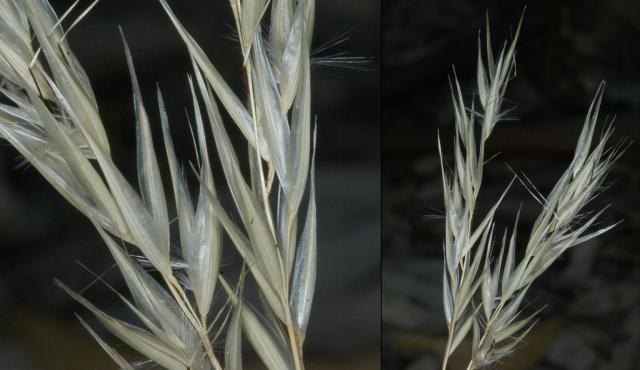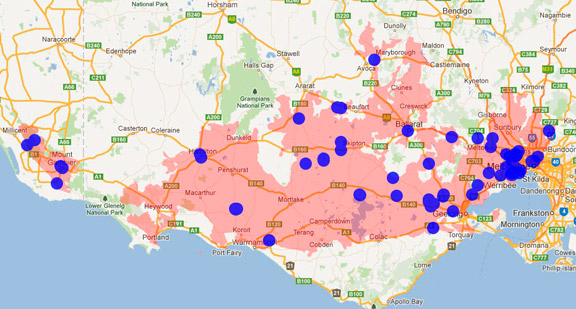A range of teacher professional learning programs will be developed to accompany the Biodiversity of the Western Volcanic Plains online outreach...


Common Wallaby-grass
Rytidosperma caespitosum
Perennial. Mostly grows in sunny habitats, from grassland to desert to heathlands. Most wallaby grass species are rapid colonisers of disturbed ground, particularly dry, poor soils. They can survive heavy grazing and drought.
| Details | Description |
| Type | Graminoid |
| Group | Grass |
| Former Scientific Name | Austrodanthonia caespitosa |
| Identifying Characteristics | |
| Distinctive Features | The seed heads of all wallaby grasses look fluffy as they age. |
| Life Form Group | Graminoid |
| Life Form Codes | Medium to Small Tufted Graminoid (MTG) |
| EVC types | EVC 132_61: Heavier-soils Plains Grassland EVC 132_62: Lighter-soils Plains Grassland EVC 175: Grassy Woodland EVC 649: Stony Knoll Shrubland EVC 68: Creekline Grassy Woodland EVC 803: Plains Woodland |
| Native Status | Native to Australia |
| Taxonomy | |
| Phylum | Charophyta |
| Class | Equisetopsida |
| Order | Poales |
| Family | Poaceae |
| Genus | Rytidosperma |
| Species | caespitosum |

Distribution maps indicate current and historic locations where species have been sighted.
Source: Atlas of Living Australia
| Endangered Status | |
| DEPI Advisory List | Not listed |
| FFG Act | Not listed |
| EPBC Act | Not listed |
The conservation status of species is listed within Victoria and Australia.
The Department of Environment and Primary Industry (DEPI) Advisory List consists of non-statutory advisory lists of rare or threatened flora and fauna within Victoria.
The Flora and Fauna Guarantee Act 1988 (FFG Act) lists threatened species in Victoria. Under the Act, an Action Statement is produced for each listed species.
The Environment Protection and Biodiversity Conservation Act 1999 (EPBC Act) is the Australian Government’s key piece of environmental legislation, listing nationally threatened native species and ecological communities.



